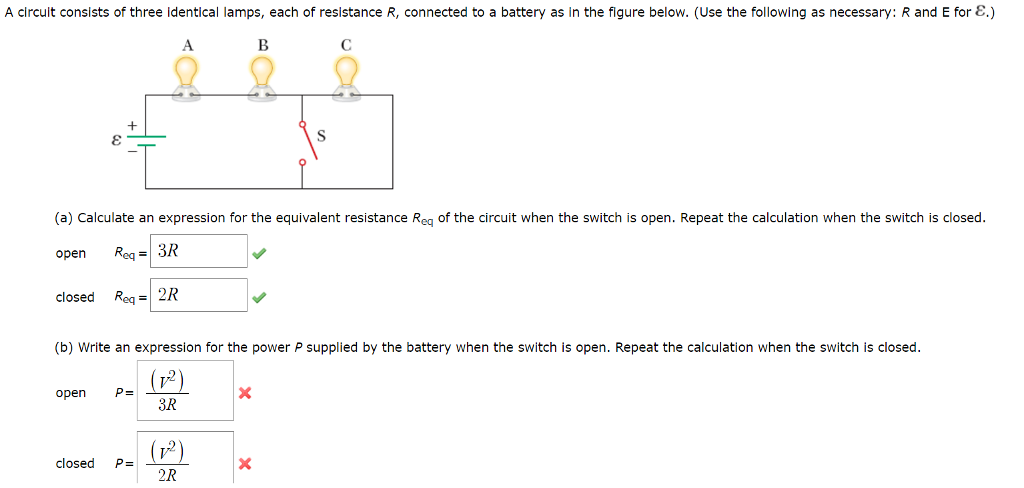
The amplitude of the wheels’ motion is a maximum if the bumps in the road are hit at the resonant frequency. Energy within the system goes back and forth between kinetic (analogous to maximum current, and energy stored in an inductor) and potential energy stored in the car spring (analogous to no current, and energy stored in the electric field of a capacitor).

The shock absorber is analogous to the resistance damping and limiting the amplitude of the oscillation. The regularly spaced bumps in the road are analogous to the voltage source, driving the wheel up and down. The circuit is analogous to the wheel of a car driven over a corrugated road as shown in Figure 23.51. Such radiation can happen and may even be desired, as we will see in the next chapter on electromagnetic radiation, but it can also be suppressed as is the case in this chapter.

This assumes no significant electromagnetic radiation from the inductor and capacitor, such as radio waves. Rather they transfer energy back and forth to one another, with the resistor dissipating exactly what the voltage source puts into the circuit. The inductor and capacitor have energy input and output but do not dissipate it out of the circuit.

Power delivered to an RLC series AC circuit is dissipated by the resistance alone. Here I 0 I 0 size 12 at resonance (1.30 kHz)īoth the current and the power factor are greater at resonance, producing significantly greater power than at higher and lower frequencies.


 0 kommentar(er)
0 kommentar(er)
